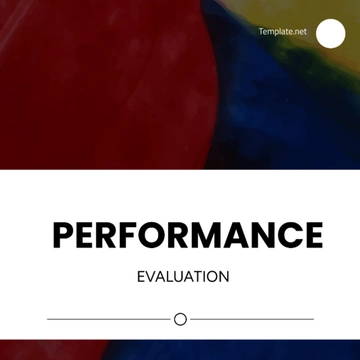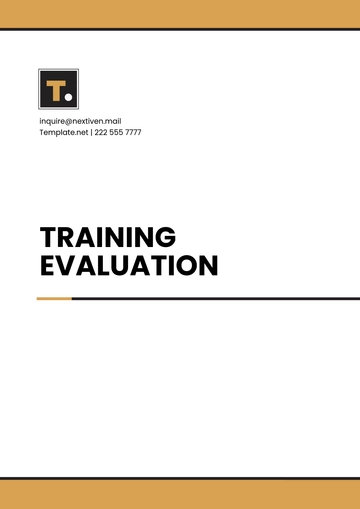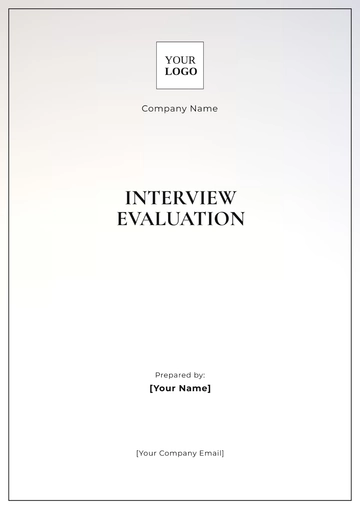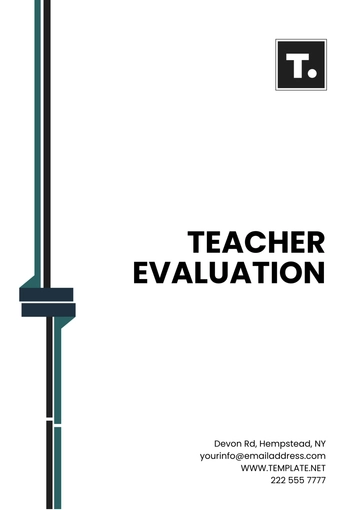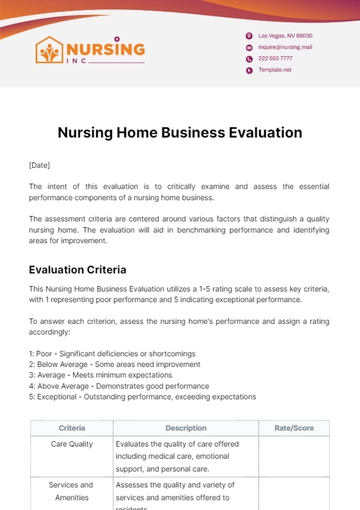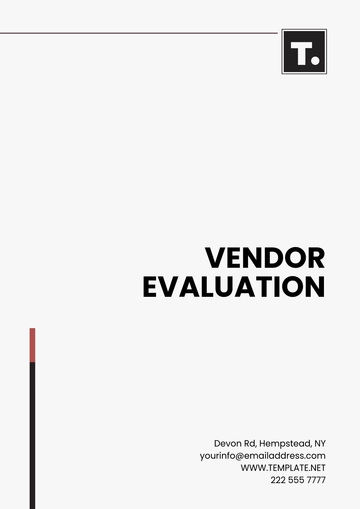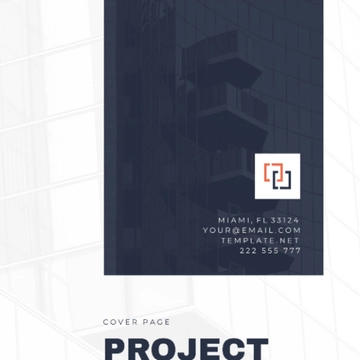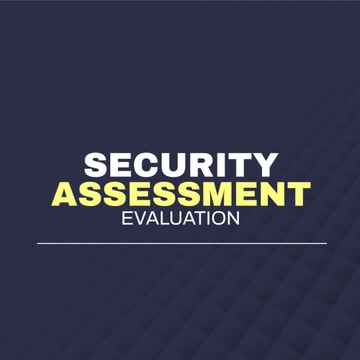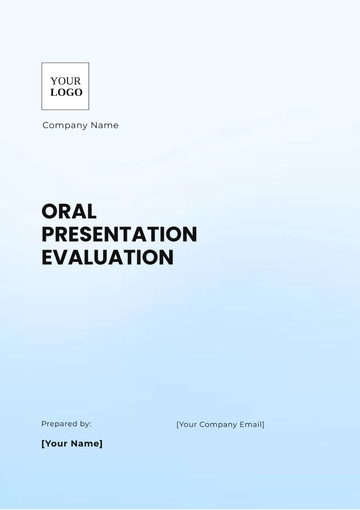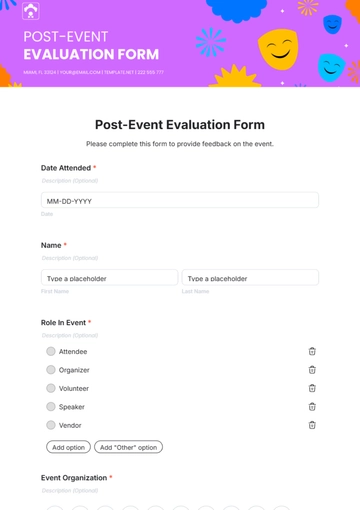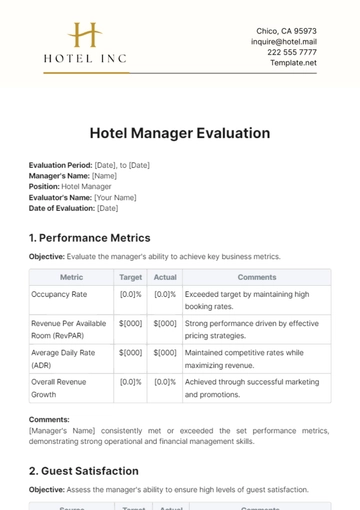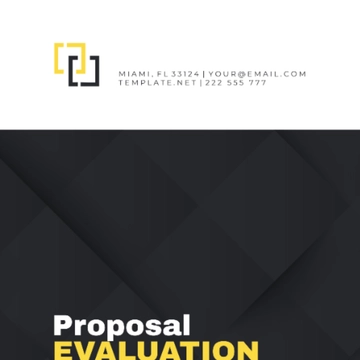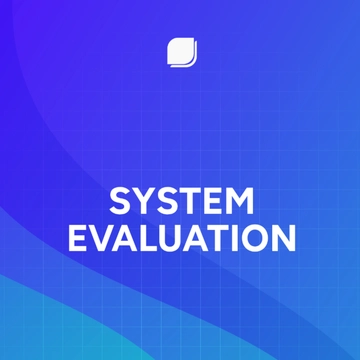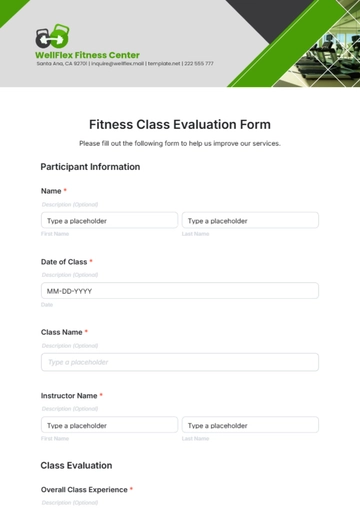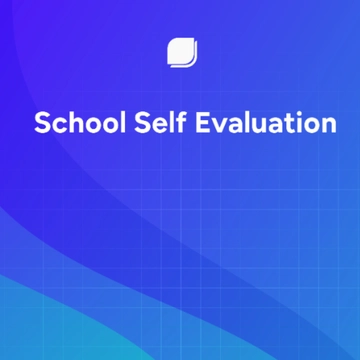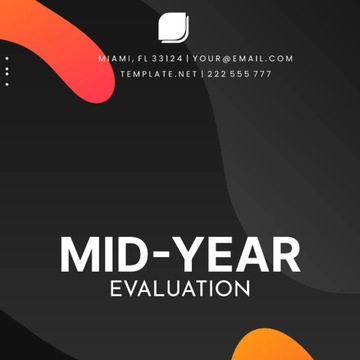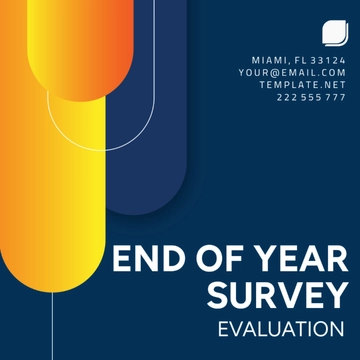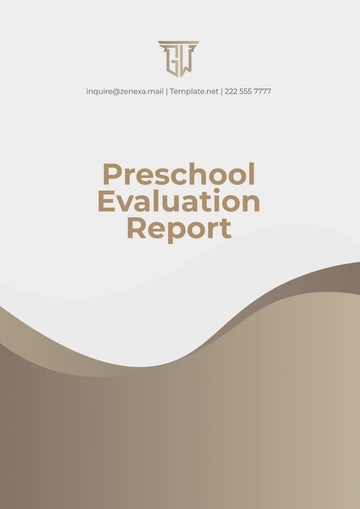Dysphagia Evaluation
Patient's Information
Patient's Name: | [Patient's Name] |
Date of Birth: | [Patient's Date of Birth] |
Gender: | [Patient's Gender] |
Evaluator's Name: | [Evaluator's Name] |
Date: | January 20, 2055 |
Purpose: This evaluation aims to assess swallowing function comprehensively, identifying any impairments or abnormalities that may impact an individual's ability to swallow safely and effectively.
Overview: The evaluation will assess various aspects of swallowing function, including the oral, pharyngeal, and esophageal phases. Specific criteria will be evaluated within each phase to provide a comprehensive understanding of the individual's swallowing abilities. The evaluation aims to identify any impairments, risks of aspiration, and potential interventions to improve swallowing function and quality of life.
Instructions: Please review each criterion on the evaluation form and assess the individual's swallowing function accordingly. Provide additional comments or observations as needed. Use the rating scale to indicate the player's proficiency in each area:
0: No impairment or dysfunction observed.
1: Mild impairment or dysfunction observed.
2: Moderate impairment or dysfunction observed.
3: Severe impairment or dysfunction observed.
Oral Phase
Criteria | Description | 0 | 1 | 2 | 3 |
|---|
Lip Closure | Adequacy of lip seal during swallowing | | | | |
Tongue Movement | Range and coordination of tongue movement | | | | |
Bolus Formation | Ability to form a cohesive bolus | | | | |
Oral Transit Time | Time taken for bolus movement through the mouth | | | | |
Coordination | Coordination of oral structures during swallowing | | | | |
Pharyngeal Phase
Criteria | Description | 0 | 1 | 2 | 3 |
|---|
Pharyngeal Swallow Reflex | Initiation and strength of pharyngeal swallow reflex | | | | |
Swallowing Timing | Timing and coordination of swallowing phases | | | | |
Pharyngeal Clearance | Efficiency of clearing bolus from pharynx | | | | |
Laryngeal Closure | Effectiveness of laryngeal closure during swallowing | | | | |
Upper Esophageal Sphincter | Integrity and relaxation of the upper esophageal sphincter | | | | |
Esophageal Phase
Criteria | Description | 0 | 1 | 2 | 3 |
|---|
Esophageal Peristalsis | Coordination and strength of esophageal peristalsis | | | | |
Bolus Passage | Efficiency of bolus passage through the esophagus | | | | |
Lower Esophageal Sphincter | Integrity and relaxation of lower esophageal sphincter | | | | |
Aspiration Risk
Criteria | Description | 0 | 1 | 2 | 3 |
|---|
Coughing | Frequency and severity of coughing episodes | | | | |
Choking | Incidence of choking episodes during swallowing | | | | |
Respiratory Distress | Signs of respiratory distress following swallowing | | | | |
Drooling
Criteria | Description | 0 | 1 | 2 | 3 |
|---|
Severity | Severity of drooling | | | | |
Frequency | Frequency of drooling episodes | | | | |
Mealtime Behaviors
Criteria | Description | 0 | 1 | 2 | 3 |
|---|
Food Refusal | Frequency of refusing food during mealtimes | | | | |
Avoidance of Certain Foods | Extent of avoiding specific food textures or consistencies | | | | |
Prolonged Mealtime | Duration of mealtime compared to typical norms | | | | |
Quality of Life
Criteria | Description | 0 | 1 | 2 | 3 |
|---|
Social Impact | Impact of dysphagia on social interactions | | | | |
Emotional Impact | Emotional effects of dysphagia on the individual | | | | |
Functional Impact | Impact of dysphagia on daily activities and function | | | | |
Additional Notes and Comments:
Evaluation Templates @ Template.net


